The rich scientific and artistic heritage of Islamic civilisation
Visitors to the museum located in Sharjah can admire a treasure trove of artefacts attributed to Muslim scholars
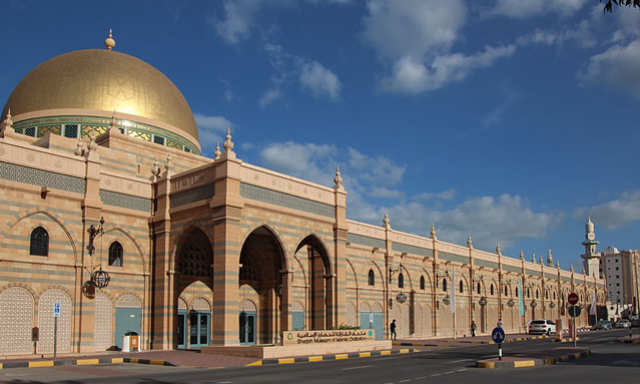
Sharjah Museum of Islamic Civilization. PHOTO: EXPRESS
Administering three continents was not an easy job, and leaders from the Islamic world found themselves increasingly reliant on cultivating the cultural and technological heritage of humankind as a means to subdue men and women from different faiths into a single governance system.
As a result, a tolerant and multi-ethnic society flourished in the capitals of the land, most notably in Baghdad and Cordoba. These cities, which became centres of learning, attracted artisans and thinkers from around the empire, and rulers were eager to sponsor and encourage this tradition to gain political prestige.
The business partnership between space studies and war planning
The achievements of this Muslim civilisation have been covered extensively in history textbooks, and include contributions that laid the foundations of modern medicine, sociology, mathematics, chemistry and physics, to name a few.
However, the palpable basis of this intellectual enterprise remain out of reach for most modern proponents of the faith. News coming out of Baghdad (war-torn Iraq) and Cordoba (Andalusia, southern Spain) deals with conflict and climate change, and the glorious past of these cities now resides in forgotten museum rooms and decaying architectural edifices.
Recently, the city of Sharjah in United Arab Emirates was crowned World Book Capital by United Nations Education, Scientific and Cultural Organisation in light of the efforts of the Emirati government to patron knowledge seekers, art enthusiasts and librarians. The title signified how the days of wisdom might slowly be returning to the region, and a new stage iteration of Arab classic, 1001 nights, was organised to celebrate the feat.
Rekindling the light snuffed out by patriarchal honour
The Express Tribune travelled to Sharjah Museum of Islamic Civilisation on the sidelines of this event to take a peek at the collection of rare and important artifacts from the great Muslim era outlined above, and to document and appreciate the diversity of thought in Middle East from the seventh century to the present day.
Interested readers can go through photographs and short descriptions of some of the more intriguing artefacts on display at the museum below. A short description of the building structure and the larger efforts of the city to preserve history and art prefaces the images.
Opened in 2008 as a re-branded version of Sharjah Islamic Museum, the establishment offers visitors the chance to admire more than five thousand pieces from the historical world of Islam.
 PHOTO COURTESY: HAUPT
PHOTO COURTESY: HAUPTThe (dis)order of time in the words of a poetic physicist
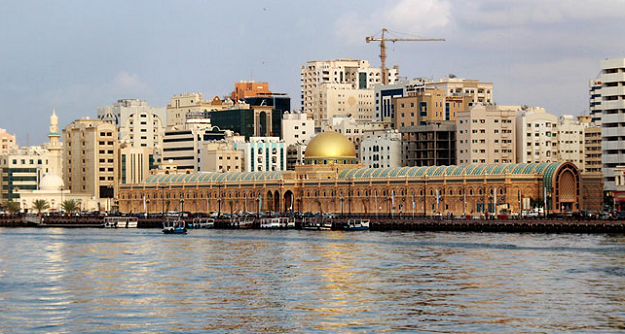 The dome of the museum visible from the creek. PHOTO COURTESY: HAUPUT
The dome of the museum visible from the creek. PHOTO COURTESY: HAUPUTStructure and design
Located in the heart of the urban settlement on the Majarrah Waterfront, the museum structure is housed in what was once a traditional Middle Eastern indoor market (called souq in the local language). The golden dome of the building beckons visitors from all over the city.
The artworks inside are arranged according to themes and spread over seven galleries and display areas. The ground-floor galleries focus on different aspects of the Islamic faith, including the ritual and importance of the Hajj (the pilgrimage to Makkah), and on Arab scientific accomplishments, especially in mathematics and astronomy.
The upper floor concentrates on 1,400 years of Islamic art and artefacts. In addition, a stunning representation of the night sky dominates the center of the top floor, where visitors can lay down on the carpets to navigate the different stars and constellations of a part of the sky visible to the naked human eye.
Tribune Take: Reading habits of Pakistanis on print and digital
The first gallery, named Abu Bakr Gallery of Islamic Faith, aims to give an introduction to Islam and the Holy Quran, the five pillars of faith, and presents a fascinating account of the holy pilgrimage. Notable items in this gallery include sections from rare Quranic manuscripts, parts of the cloth which cover the Holy Mosque in Makkah, and collections of mosque architecture from around the world.
The second gallery, named Ibn al-Haytham Gallery of Science and Technology, showcases the achievements of Islamic science and scholars to world civilisation. Science models, holograms, and other artefacts present the inventions of Muslim thinkers in many fields, including, but not limited to, astronomy and medicine.
The third gallery, devoted exclusively to art and located on the first floor, displays a wide range of items such as pottery, metalwork, woodcarving, manuscripts and textiles, made in the Islamic world during the Middle Ages. The artefacts on show are fascinating in that they visually portray how Muslims absorbed the tastes of the peoples they conquered during this time, creating new artistic styles in the process.
The incredible story of the man who raised Malala
The fourth gallery picks up the story from the 13th century of the common era up to the 19th century, a period of Islamic history characterised by Mongol invasions and competing empires in Middle East, South Asia and North Africa. This era is also important because it represents the birth of the modern world, where trade and connectivity play pivotal roles in determining order.
The fifth and sixth galleries also offer pieces from the 13th through to the 19th and 20th century, and some weapons used by famous Islamic generals are displayed here. In addition, there are traditional weapons showcased which were not used much, but continued to hold ceremonial importance in the Arab lands.
A space devoted for coin collections and temporary exhibitions is also available for viewing. On the top floor, a huge dome decorated with the different stars and constellations which make up the zodiac dominates the room. A large space in the centre invites viewers to lay down and contemplate the stunning recreation of the night sky.
 An inside view of the museum. PHOTO COURTESY: HAUPT
An inside view of the museum. PHOTO COURTESY: HAUPTAbsurdities of contemporary warfare collide as satirical thriller bites literati
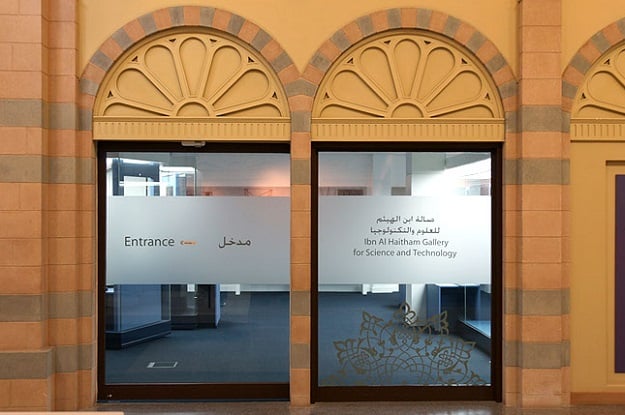 PHOTO COURTESY: HAUPT
PHOTO COURTESY: HAUPTMasterpieces
 PHOTO COURTESY: HAUPT
PHOTO COURTESY: HAUPTAn ancient distilling equipment, developed by Islamic scholar al Mizzi, was used to extract rosewater. The rosewater was used for a variety of purposes in the classical world, including for medicines, nutrition, and to develop scented perfumes.
Incidentally, since the use of alcohol is forbidden in Islam, rose oil was used to make scents, called attar in the local language. The process, whereby petals of roses were crushed and distilled, is thought to date back to ancient Persia.
 PHOTO COURTESY: HAUPT
PHOTO COURTESY: HAUPTA collection of astrolabes from different eras is also present inside the museum. The astrolabe was probably the most important instrument for astronomy developed by scientists living under Muslim rule. According to some historical accounts, the device developed by Muslims were based on prototypes left behind by the Greeks.
The astrolabe is used to determine the time during the day or night, to measure latitudes and to observe the positions of the stars, including a host of other uses. The instruments displayed at the museum are reconstructions of originals made by scholars between the 11th and 15th century of the common era.
Orient meets Occident as Louvre Abu Dhabi rains light on art
 PHOTO COURTESY: HAUPT
PHOTO COURTESY: HAUPTA few devices working with water, like a water clock, a ship mill, and a model of an old irrigation system, are also present in the gallery of science and technology. Muslim visionaries came up with ingenious ways to harness the power of one of the most abundant natural resources in the world during their heyday.
The water clock, which is thought to have originated in ancient Babylon and Egypt, uses the flow of water to measure time. Usually, water is drained out of a container at a set rate which has markings to show the passage of time.
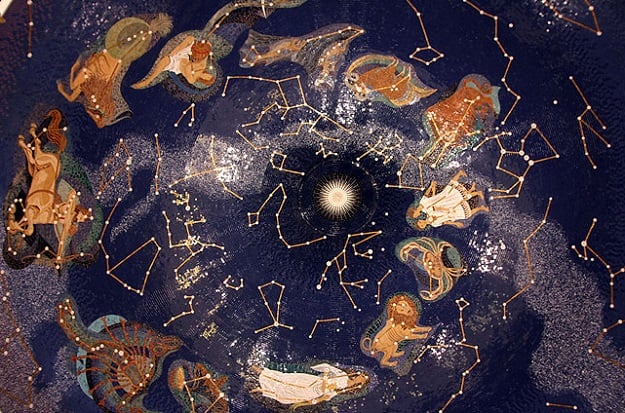 PHOTO COURTESY: HAUPT
PHOTO COURTESY: HAUPTA view of the different starts and constellations present in the night sky is displayed on the inside of the golden dome, at the top floor of the museum. A spacious room, with a wide central space to invite people to lie down and admire the artwork, caters to visitors.
Interestingly, the names given to different signs of the zodiac are the shapes they make in the sky, and the artwork, in addition to tracing these shapes, has accompanying pictures of the animals and objects that these shapes roughly trace.
Facsimile editions of ancient manuscripts fight digital blitz
 PHOTO COURTESY: HAUPT
PHOTO COURTESY: HAUPTAnother compelling object on display is a silk and gold tunic, from Iran or Central Asia. Dating from the 13th or 14th century of the common era, it is just over a hundred centimetres in length.
A tunic is a semi-circular cloth draped over the shoulders and the body. It was worn by men of many different ancient civilisations, including Muslims.
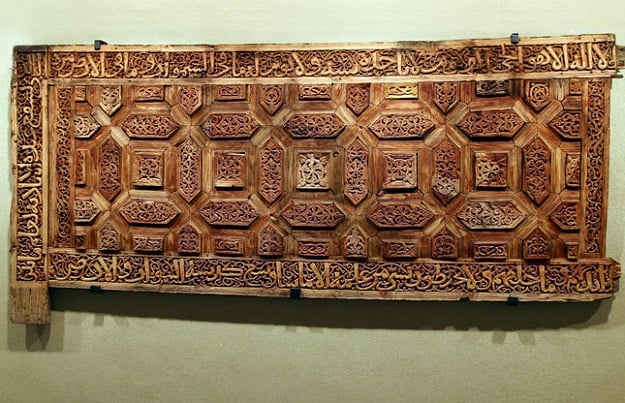 PHOTO COURTESY: HAUPT
PHOTO COURTESY: HAUPTA carved wooden panel, dating from the early 13th century CE, and made in Egypt or Syria, is also one of the most interesting pieces on display at the establishment.
It is claimed that this wooden panel may have been a part of a cenotaph, a commemorative structure erected over the actual grave of the deceased, mostly an important religious or public figure.
Delve into pre-Islamic Arab poetry in modern English
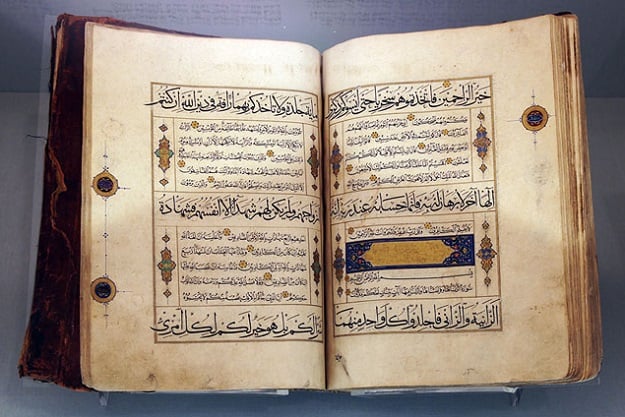 PHOTO COURTESY: HAUPT
PHOTO COURTESY: HAUPTA manuscript of the Holy Quran, dating from the 16th century of the common era, and believed to have been compiled in Iran, is displayed in the second gallery at the museum.
A brief explanation accompanying the display says the book has 13 lines on every page, with the first, seventh and 13th lines in black Thuluth script, while lines two to six and eight to 10 are in black Naskh. The book is bound in leather and has golden details.
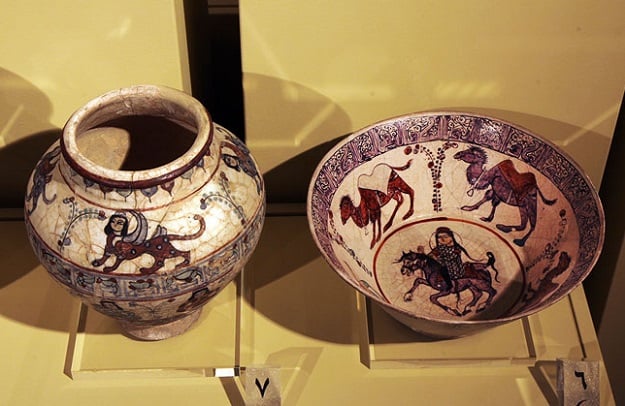 PHOTO COURTESY: HAUPT
PHOTO COURTESY: HAUPTThe museum houses a large collection of ancient ceramics and pottery. This figural decoration, from Kashan in Iran, and dating back to the early 12th century CE, is only 18 centimetres, but is detailed and well preserved.
In addition to ceramics, the museum displays a large and important collection of early Islamic coins, including a number of Umayyad and Abbasid dinars and dirhams.
Monotheistic fundamentalism reaction to aggressive secular leadership: Karen Armstrong
Islamic scholars have left behind a legacy that is a testament to their genius, with breakthroughs such as coming up with the number zero, the decimal point in arithmetic, devising algebra, making tools that measure celestial bodies, and treating cataracts and glaucoma, being just a few of the things on a long list of their contributions to the modern world.
"One of the most rewarding ways of suppressing the hunger of the stomach is to feed the mind and soul by seeking knowledge and understanding," Aisha Deemas, a curator at the museum, told the media.
Celebrating the heritage and achievements of the Muslims, a tour of the museum is highly recommended to people visiting Sharjah. The city boasts a number of other historical sites as well, including the fascinating Mleiha Archaeological Centre.






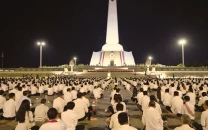












COMMENTS
Comments are moderated and generally will be posted if they are on-topic and not abusive.
For more information, please see our Comments FAQ